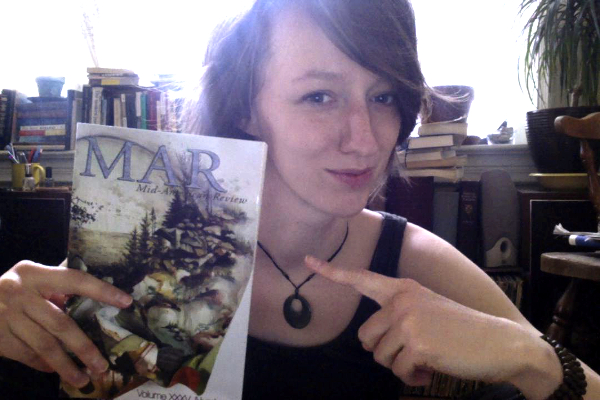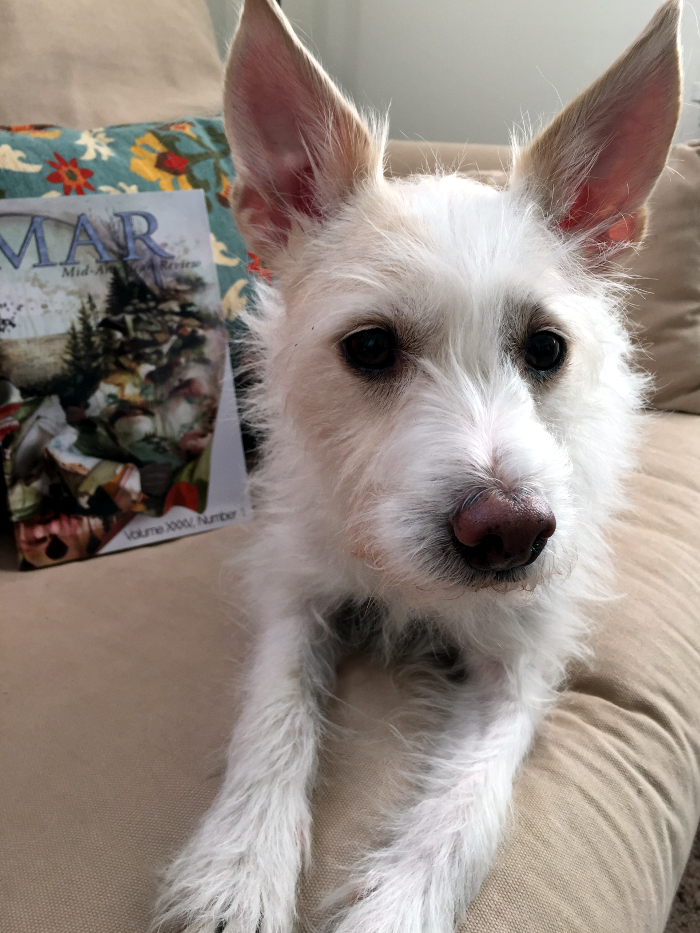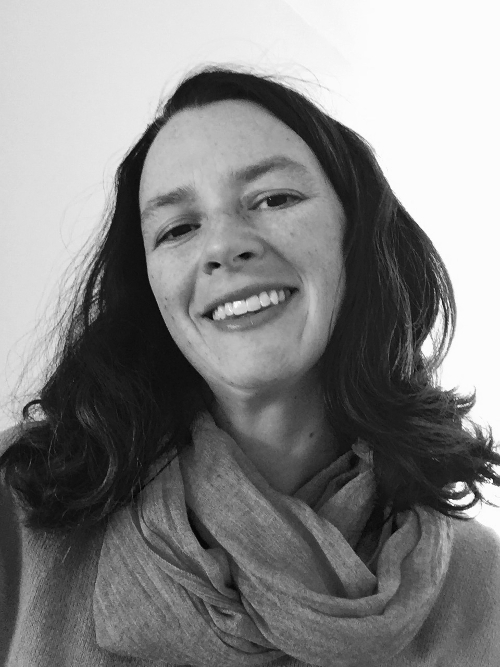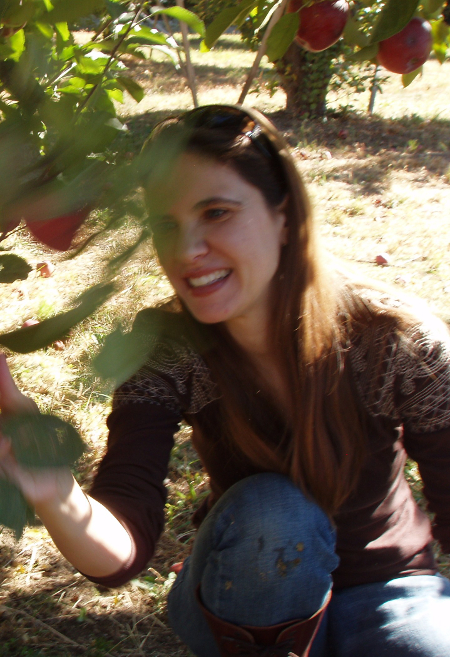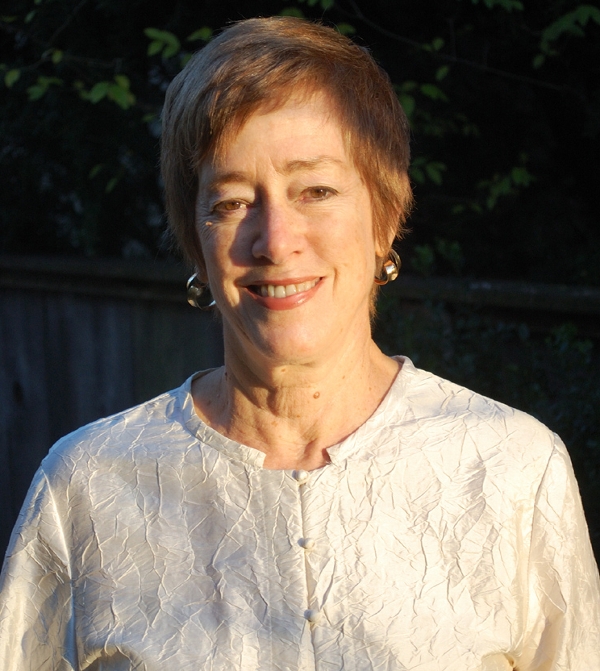
Nancy Hewitt’s chapbook Heard was published in 2013 by Finishing Line Press. She earned her MFA from Vermont College of Fine Arts and has maintained a private practice in clinical social work in Salem, MA, for over 30 years. She divides her time between Swampscott, MA, where she is the town’s first Poet Laureate, and Randolph, VT, where she is most apt to meet up with her muse. Her poem, “Measure,” appears in MAR 35.1.
Quick! Summarize your poem in 10 words or fewer.
associations to meanings of the word “measure”
What can you share about this piece prior to its MAR publication?
The word “measure” was resonant to me. I like to meditate on words that have a range of meanings, especially if there are current news events that contribute. In this case, I had personal associations to exactness in measuring, & I kept collecting other examples, like iron filings to a magnet. And the piece which really solidified the poem was an article I read in the New Yorker about Osama bin Laden’s capture. Truth is absolutely stranger than fiction.
(The title poem in my chapbook – “Heard” – began when there were a number of strange news items, in a short time, about hearing and ears. I linked these with other associations, & the poem grew from there.)
I worked on “Measured” for a year or two, 12 revisions. I go through long stretches when I don’t send anything out, but I remember sending this poem & 2 other prose poems to a good journal I’ve tried to publish in previously. Emailed them at 10pm & they rejected them by 7 the next morning! I think MAR was the second market I sent to. Thank you, MAR, for your appreciation of prose poems!
Fashion attire for my computer desk is most often flannel pjs, & the more papers & books stacked on the desk, the better! But I always write by hand first, in lined notebooks, so my attire then depends on how public is the writing spot!
What was your reaction upon receiving your MAR acceptance?
Ecstasy! It’s a fine journal! Went to AWP one year & talked to a young man in a lunch line about looking for places to send my prose poems. He happened to be an editor? a reader? an intern? at MAR, & told me about the Fineline Competition…the rest is history.
You’re at a family reunion and some long-lost relative asks about your writing. What do you say?
“I have some copies of my chapbook here. Would you like to buy one?”
What do you consider your biggest writing-related success?
Having my chapbook, Heard, published in 2013 (Finishing Line Press).
Your biggest writing-related regret?
Wishing I’d started to write poetry way before I did, at age 40.
Tell us one strange thing about yourself that involves writing.
While I wouldn’t consider it strange, a unique thing about me is that I’ve been with my writing group – Kitchen Table Writers – for over 25 years. We have a First Friday writing practice every month & 2 weekend retreats a year. Amazing women, so supportive.
Do you have another favorite piece of writing in this MAR issue? If so, name it and tell us why.
So many fine pieces! My most favorite is Anne Barngrover’s poem “Site Fidelity.” Spare language, beautiful images, & an amazing last few lines. It reaches very deeply.
I also love Claire Wahmanholm’s poem “Theory of Primogeniture: Barn” for its wonderful tale of grass eating the barn, & then…another terrific last few lines.
Thanks for the interview, Nancy!
Laura Maylene Walter, Fiction Editor


